The Kimono in Ukiyo-e Representations: Tradition, Beauty, and Kyoto’s Living Heritage
A Journey Through Japanese Art, Culture, and Modern Experiences
When you think of Japanese culture, few images are as instantly recognizable as the kimono and the vivid ukiyo-e woodblock prints that captured life in the Edo period (1603–1868). These art forms are more than historical relics; they are a window into Japanese aesthetics, social customs, and the way clothing reflected identity.
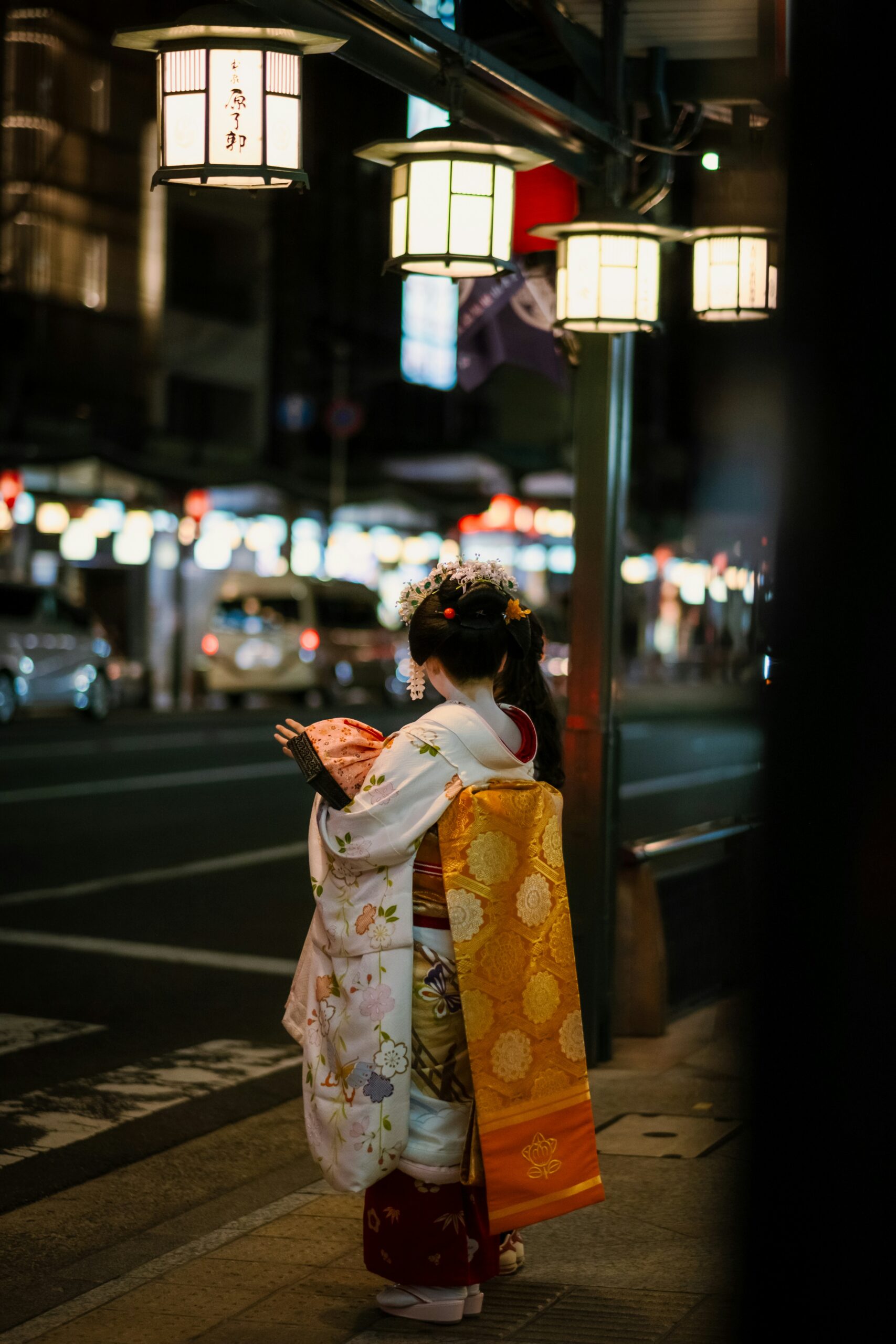
A woman in kimono walks through Gion’s historic streets, where tradition comes alive in modern Kyoto
Kyoto, Japan’s cultural heart, remains one of the best places to experience both the beauty of kimono and the atmosphere of ukiyo-e. Walking through Gion, Arashiyama, or Higashiyama while wearing a kimono connects the past and present, turning every street into a living artwork.
In this article, we’ll explore how the kimono is represented in ukiyo-e, its symbolism, its evolution, and how you can live this cultural experience in Kyoto today—and even capture it with professional photography sessions at AllPhotos Kyoto.
- 1. What is Ukiyo-e?
- 2. The Kimono as a Symbol in Ukiyo-e
- 3. Kyoto: The Living Stage of Ukiyo-e
- 4. From Edo to Today: The Evolution of the Kimono
- 5. Experiencing the Kimono in Kyoto Today
- 6. Iconic Ukiyo-e Artists Who Celebrated the Kimono
- 7. Photography and Modern Ukiyo-e Inspiration
- 8. Practical Guide: Experiencing Kimono and Ukiyo-e in Kyoto
- 9. Why Kyoto is Better than Tokyo for This Experience
- 10. Conclusion
1. What is Ukiyo-e?
Ukiyo-e, meaning “pictures of the floating world,” was the dominant art form during the Edo period. These prints depicted everything from landscapes and kabuki actors to courtesans and samurai.
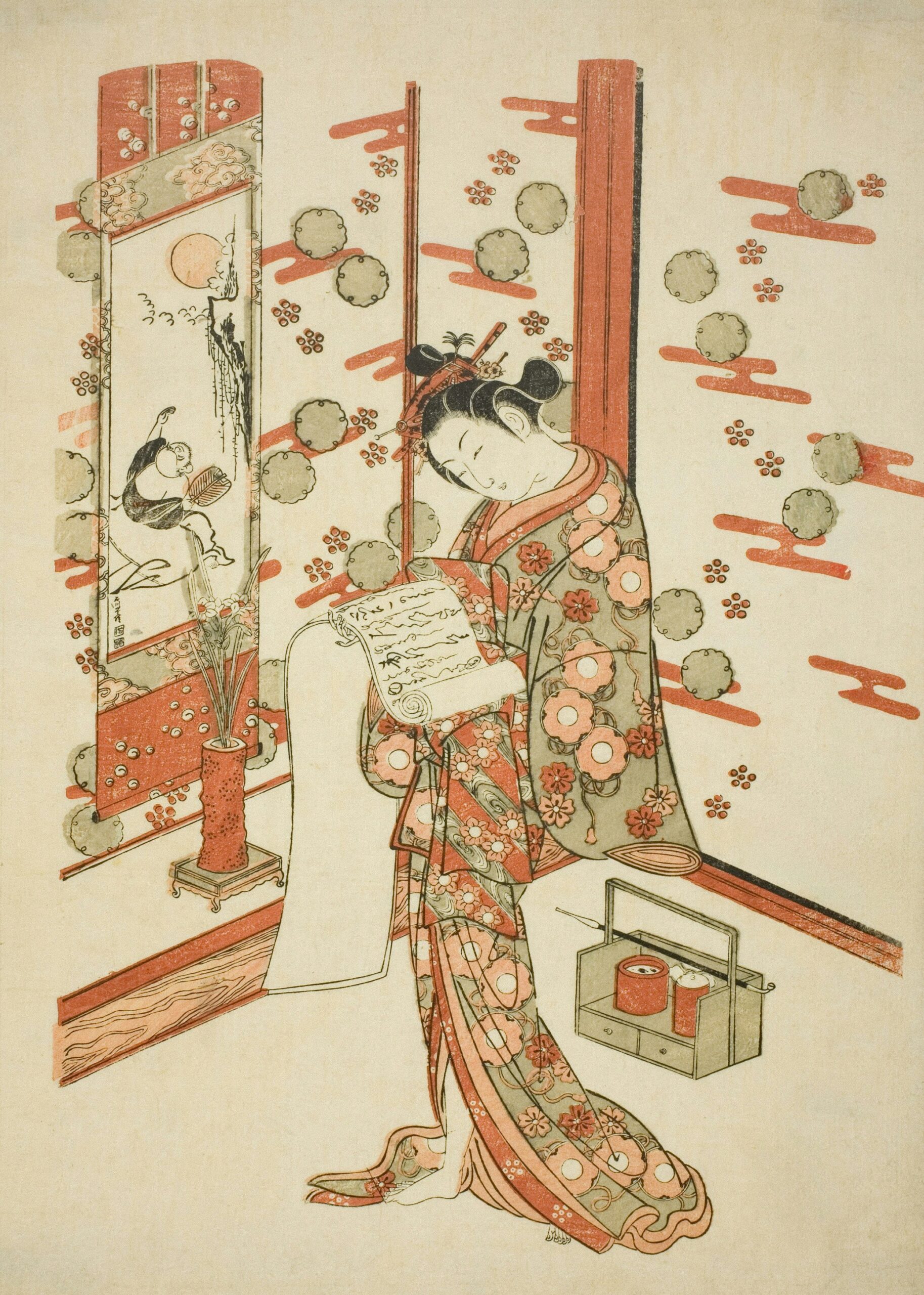
Classic ukiyo-e print showcasing the intricate kimono designs that made these artworks timeless
The kimono was often at the center of these works. Artists like Kitagawa Utamaro and Utagawa Kuniyoshi paid meticulous attention to fabric patterns, seasonal motifs, and the layers of clothing that revealed status and fashion trends.
👉 Ukiyo-e did not just portray clothing; it elevated the kimono into a timeless icon.
2. The Kimono as a Symbol in Ukiyo-e
In ukiyo-e prints, the kimono is more than just fabric: it is visual language.
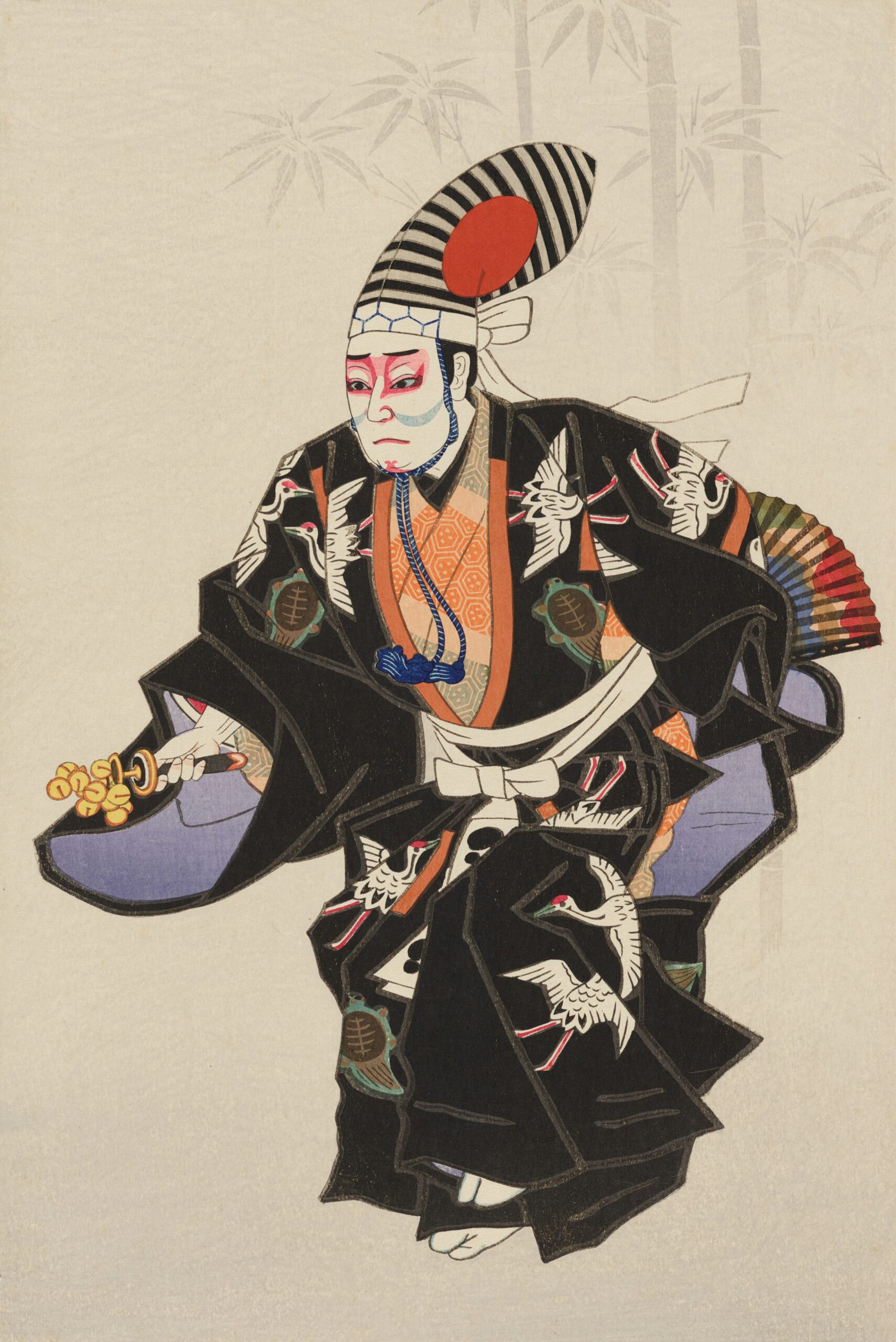
Samurai wearing subdued kimono patterns that reflected their social status and aesthetic values
- Seasons: Cherry blossoms in spring, maple leaves in autumn, and cranes in winter all appeared as kimono motifs.
- Status: Samurai wore subdued patterns, while courtesans dazzled with bold, elaborate designs.
- Identity: A person’s kimono revealed their profession, wealth, and even political allegiance.
Kyoto, being the hub of textile production, provided much of the inspiration. Nishijin-ori, the traditional Kyoto weaving technique, was often immortalized in these prints.
3. Kyoto: The Living Stage of Ukiyo-e
Unlike Tokyo, Kyoto has preserved its historical streets and traditions. Many ukiyo-e prints depict scenes that you can still recognize today in Kyoto:
- Gion: Geishas in elegant kimono walking through lantern-lit alleys.
- Kiyomizudera: Pilgrims and merchants in colorful attire climbing temple steps.
- Arashiyama: Kimono-clad figures enjoying the cherry blossoms by the Togetsukyo Bridge.
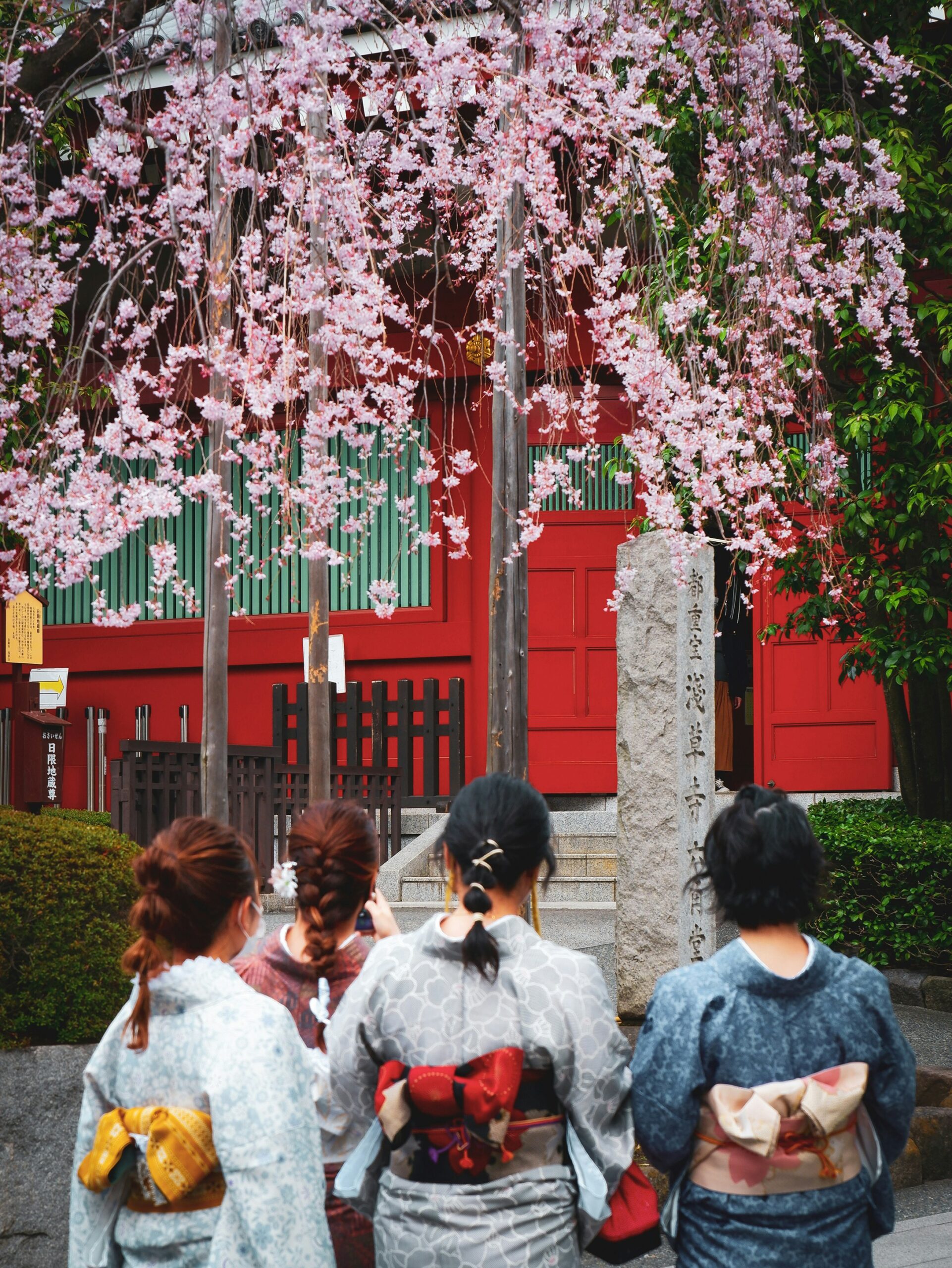
Tourists in kimono experiencing the magic of cherry blossom season in Kyoto’s temples
Visiting Kyoto in a kimono today is like stepping inside a ukiyo-e print.
4. From Edo to Today: The Evolution of the Kimono
The kimono evolved with Japanese society:
- Edo Period (1603–1868): Everyday wear, depicted in ukiyo-e with extreme variety.
- Meiji Period (1868–1912): Western influence introduced coats and shoes, but the kimono remained for ceremonies.
- Modern Japan: Kimono are now reserved for weddings, graduations, festivals, and cultural experiences in Kyoto.
Interestingly, ukiyo-e provides historians with accurate records of how kimono fashion changed over time.
5. Experiencing the Kimono in Kyoto Today
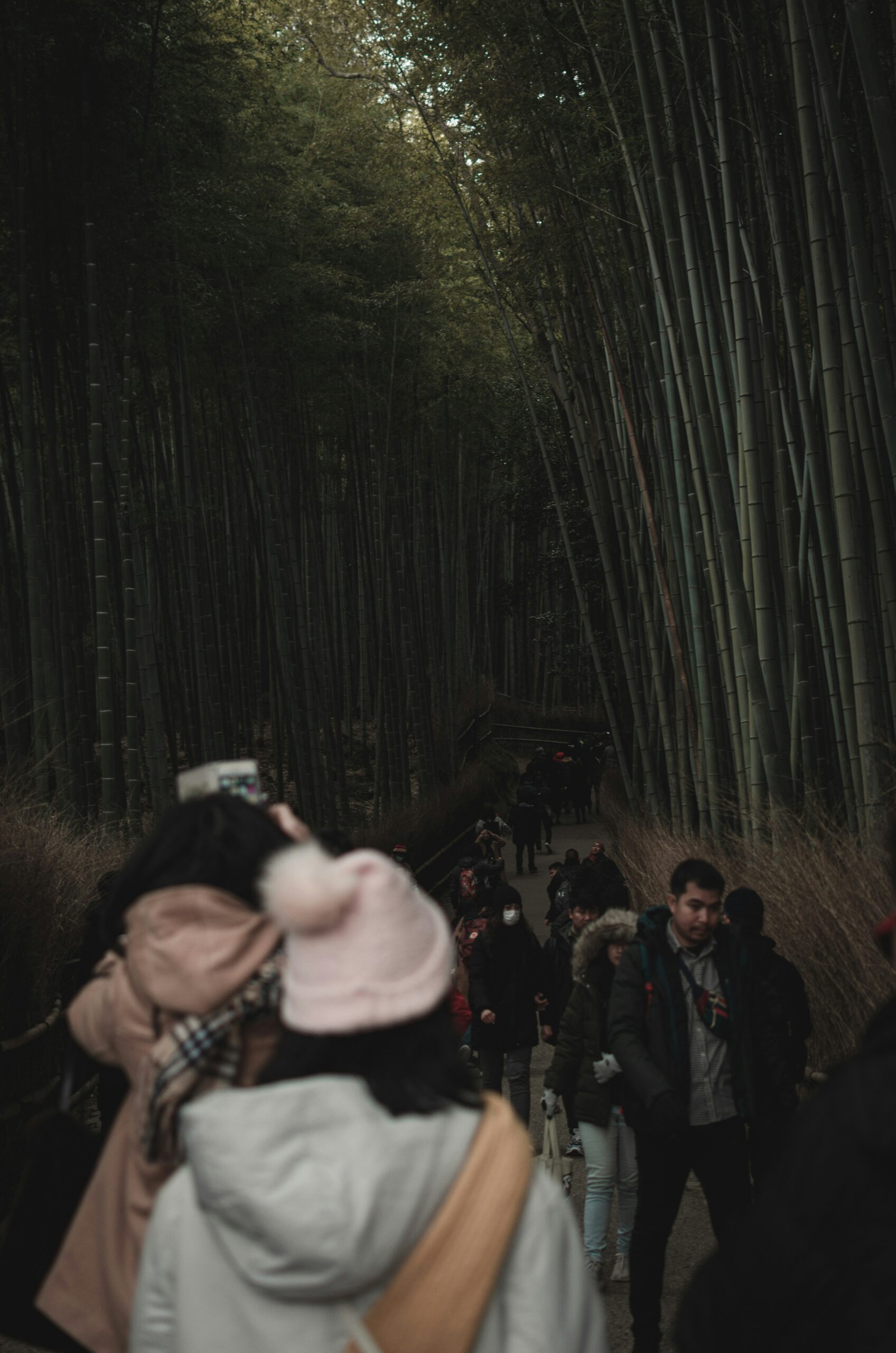
The iconic Arashiyama bamboo forest provides a stunning backdrop for kimono experiences
One of the most popular activities for visitors is to rent a kimono and explore Kyoto’s streets. It’s not just a tourist attraction—it’s a way to feel part of Japan’s artistic heritage.
📸 To make it unforgettable, consider a professional kimono photoshoot in Kyoto. Our team at AllPhotos Kyoto specializes in capturing these moments, ensuring you look like you walked out of a ukiyo-e print.
6. Iconic Ukiyo-e Artists Who Celebrated the Kimono
- Kitagawa Utamaro: Known for bijin-ga (portraits of beautiful women) with intricate kimono designs.
- Utagawa Hiroshige: Famous for landscapes, often featuring travelers in seasonal kimono.
- Katsushika Hokusai: Best known for “The Great Wave,” but also depicted daily life and kimono fashion.
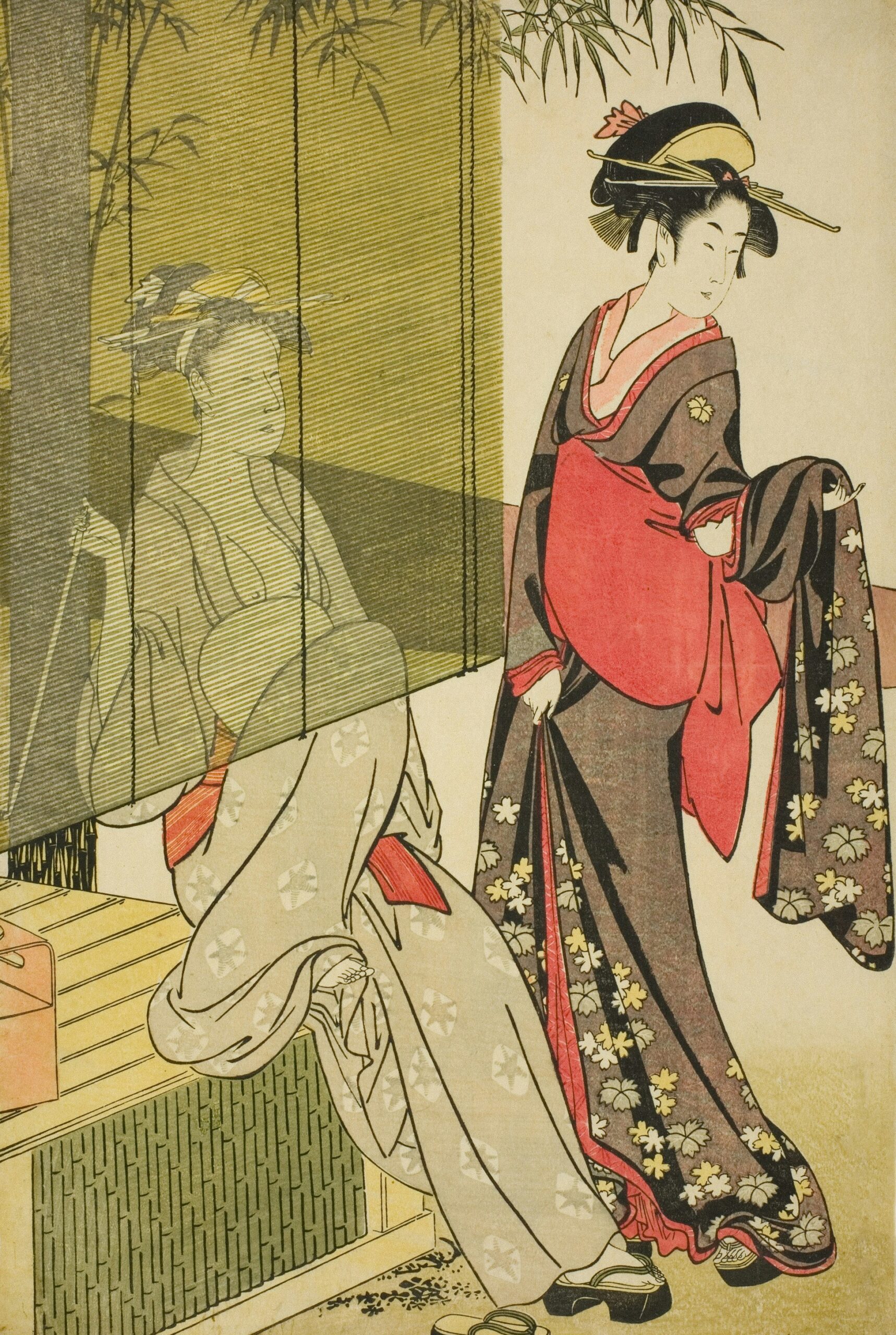
Nishijin-ori weaving techniques continue Kyoto’s tradition of creating exquisite kimono fabrics
Their work continues to inspire modern textile designers and Kyoto kimono makers.
7. Photography and Modern Ukiyo-e Inspiration
In today’s Kyoto, ukiyo-e is alive through photography. A kimono photoshoot is like creating a modern woodblock print:
- The streets become your canvas.
- The kimono is your brushstroke.
- The camera captures a moment of timeless elegance.
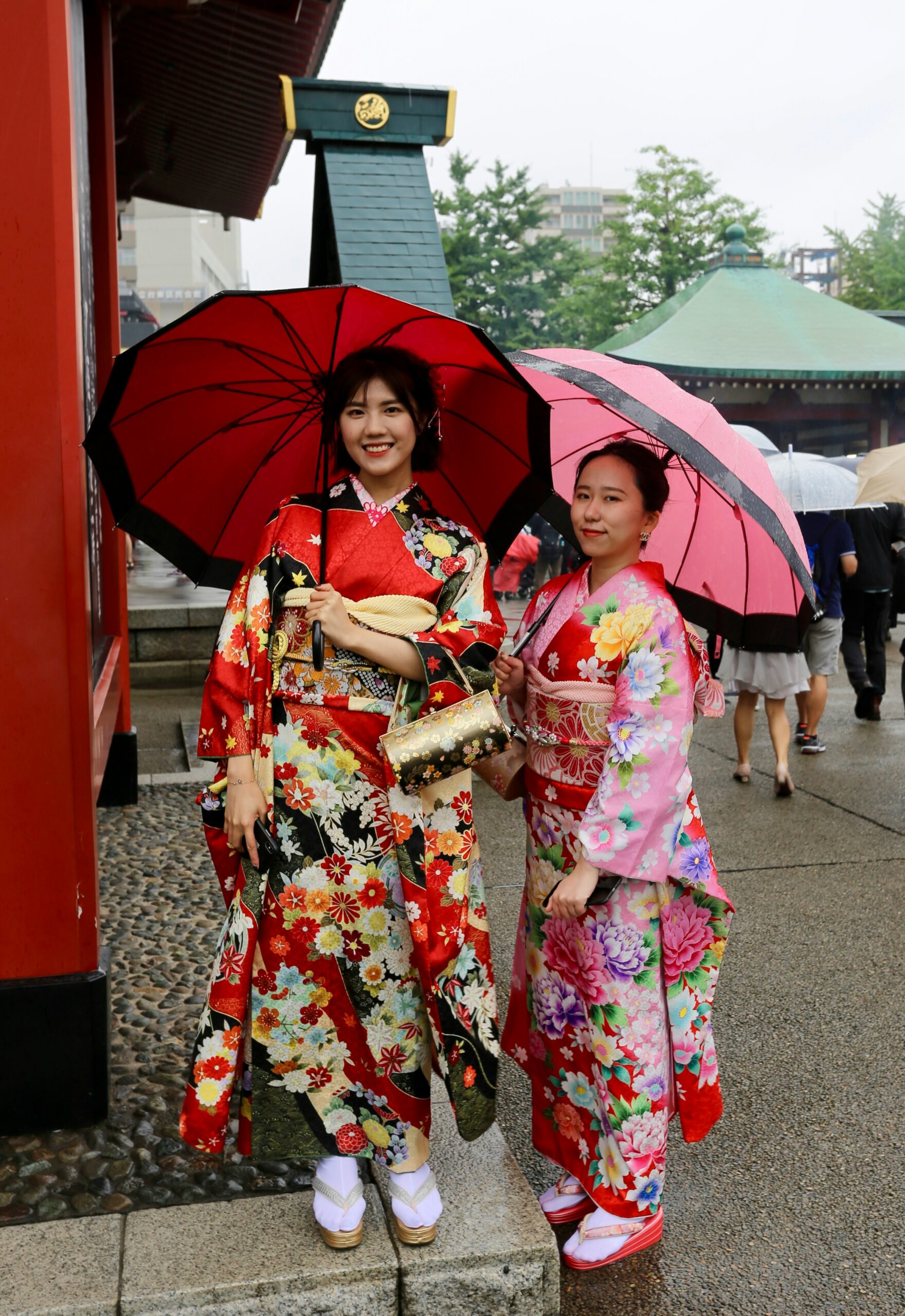
Professional photographers help couples create lasting memories of their kimono experience in Kyoto
This blend of tradition and modernity makes Kyoto unique.
8. Practical Guide: Experiencing Kimono and Ukiyo-e in Kyoto
- Where to Rent Kimono: Gion, Higashiyama, and Arashiyama.
- Best Seasons: Spring (sakura) and autumn (momiji) for iconic backgrounds.
- Cultural Etiquette: Walk gracefully, avoid dragging sleeves, and respect shrines/temples.
- Photography Tip: Book a local photographer who knows the best hidden spots in Kyoto.
9. Why Kyoto is Better than Tokyo for This Experience
While Tokyo is modern and fast-paced, Kyoto retains the Edo-era atmosphere that ukiyo-e captured. In Kyoto, every alley, tea house, and temple feels like an extension of the prints.
If you want to live the ukiyo-e experience in real life, Kyoto is the place.
10. Conclusion
The kimono in ukiyo-e represents more than clothing; it embodies Japanese culture, identity, and art. In Kyoto, you can relive these timeless moments by wearing a kimono, strolling through historical streets, and preserving the experience with professional photography.
👉 Ready to become part of a living ukiyo-e? Book your kimono photography session today at AllPhotos Kyoto.


コメント